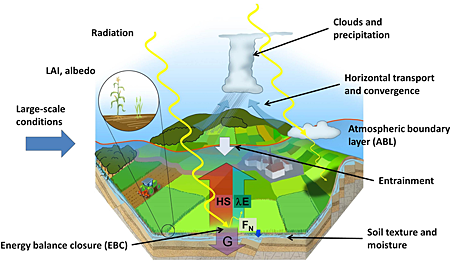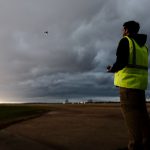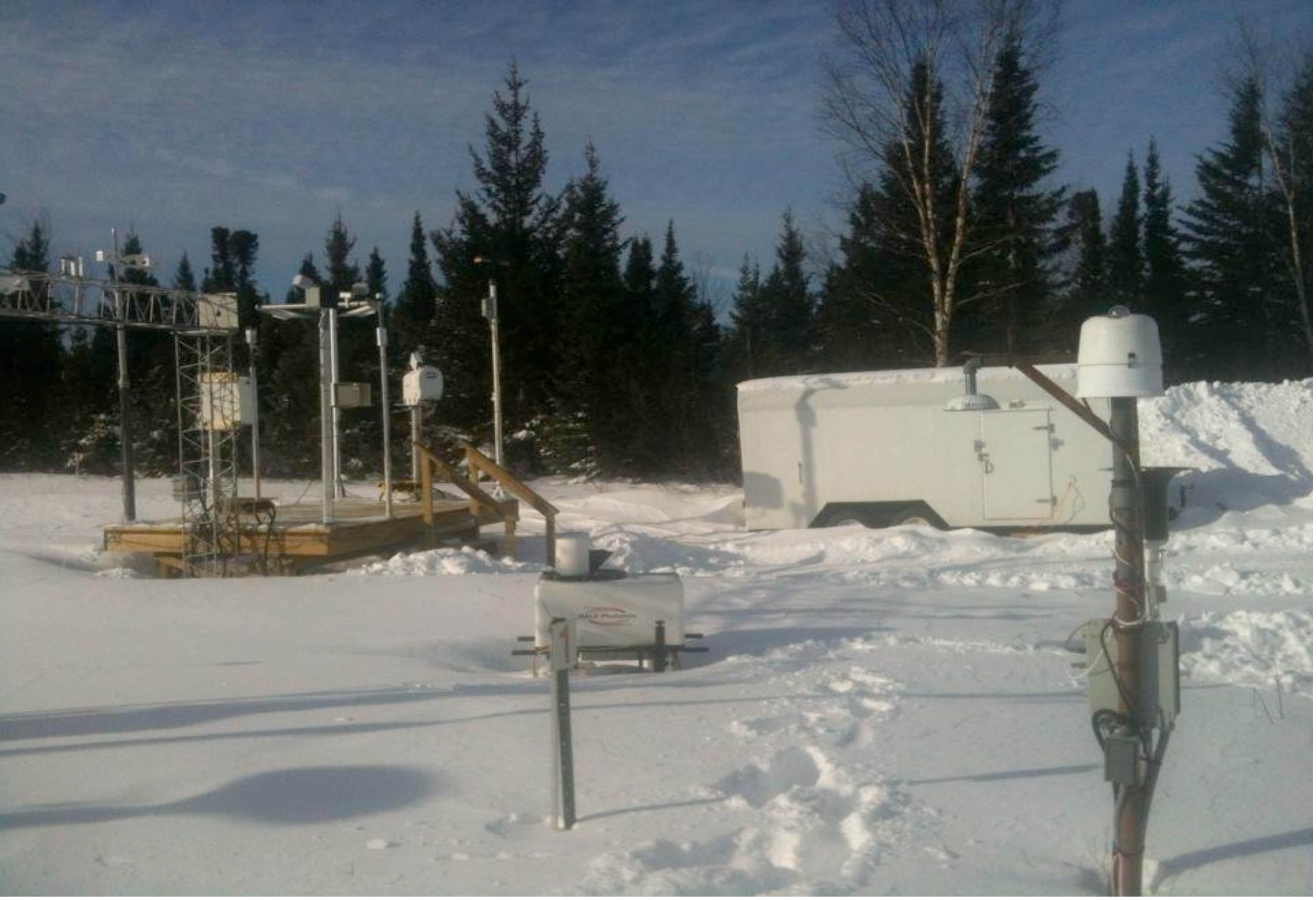
Monthly Weather Review has published the results of an observation system simulation experiment (OSSE) that shows how measurements from various hypothetical remote-sensing networks would impact weather analyses and forecasts.
A team from the Cooperative Institute for Meteorological Satellite Studies and the Department of Atmospheric and Oceanic Sciences at the University of Wisconsin-Madison, lead by Dave Turner who is now at NSSL, performed the experiment.
Currently, the NOAA National Weather Service (NWS) launches weather balloons every 12 hours at 92 stations across the U.S. As the balloon rises, temperature, pressure, wind and water vapor data are collected and transmitted to be used in weather analyses and forecast models. However, for a model to correctly predict the strength, timing, and location of precipitation, more dense and frequent observations of the lower atmosphere are needed.
The experiment simulated observations from three different ground-based temperature and water vapor profiling technologies, and a wind profiling system. Systems evaluated in the study included a Doppler wind lidar, a Raman lidar, a microwave radiometer, and the Atmospheric Emitted Radiance Interferometer. Pseudo-observations from these systems were used investigate the improvement in the analyses and short-term (0-12 hour) forecast of a cold-season convective event over the central portion of the U.S.
The researchers found that the simulated array of profilers resulted in better analyses of how water vapor is transported. The results also showed that forecasts of accumulated precipitation were most improved when data from the multiple sensors were used. Researchers also compared the different water vapor profiling technologies and found each yielded approximately the same improvement to the forecast.
This research provides important information to help determine the cost/benefits of these potential upgrades to the NWS observational network.



